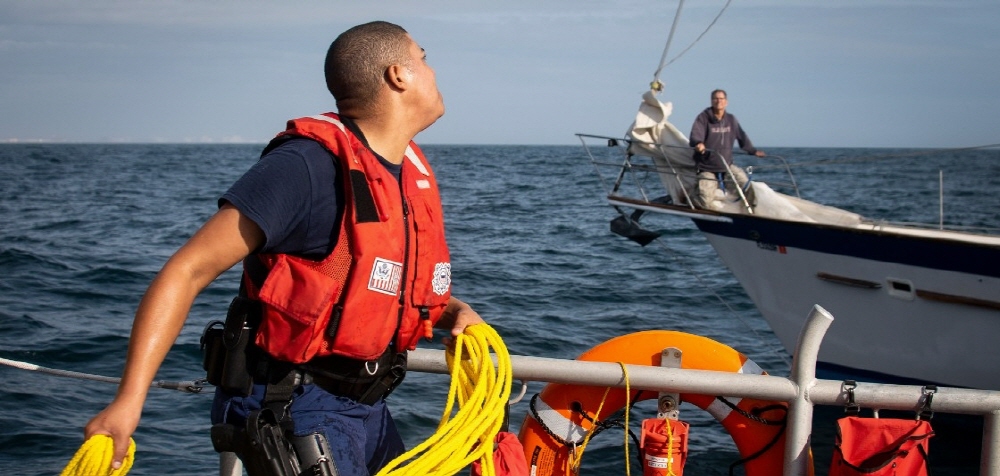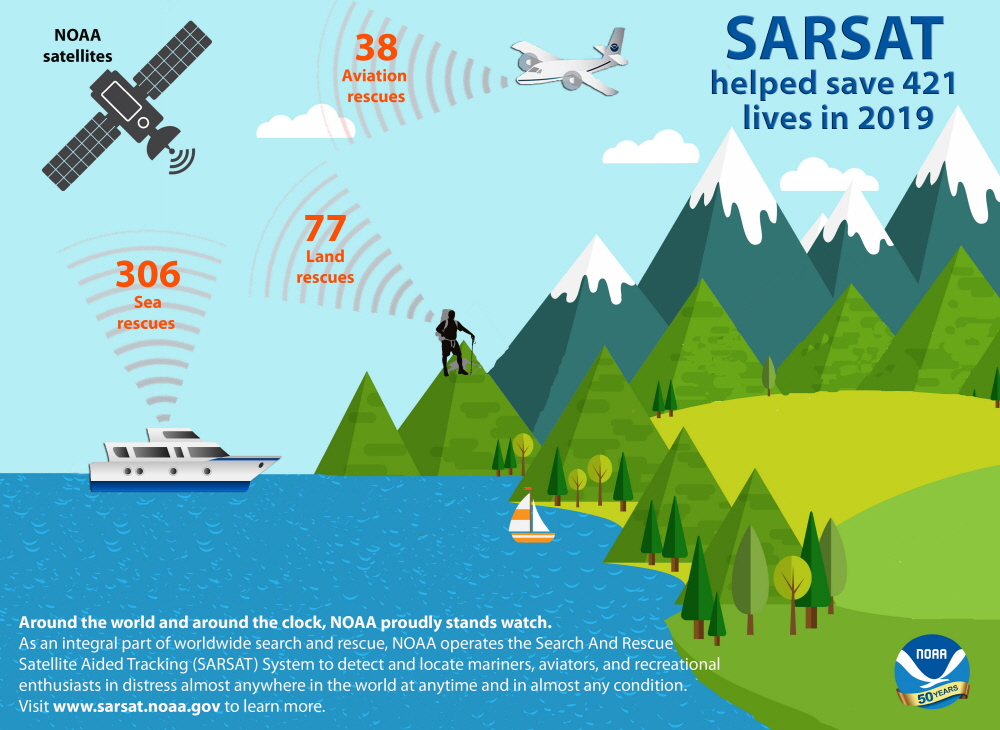
The US Oceanic and Atmospheric Administration officially announced that it has rescued 421 people using satellites in 2019.
NOAA operates a number of satellites to understand trends such as weather on the earth and space, and at the same time uses satellites to support rescue activities. Upon receiving the rescuer signal, the NOAA satellite immediately identifies the location information, and the information is relayed to the NOAA satellite operation center in Maryland, USA, and transmitted to the rescue coordination center. Based on the signal, the Rescue Coordination Center transmits a rescue request to the Air Force, Army, and Coast Guard units deemed suitable for rescue.

The system, operating in the United States, started operation in 1982 under the name SARSAT, and has supported 9,000 rescues in and around the United States. In 2019, SARSAT played a role in rescuing a total of 421 people, including 306 in maritime accidents, 77 in mountain distress, and 38 in airplane accidents. The number of rescue cases exceeded the record of 353 in 2007, the highest record so far.
NOAA is contributing not only to the operation of SARSAT in the United States, but also to COSPAS-SARSAT, an international aid program jointly conducted by Canada and France, using satellite information. According to the announcement, more than 48,000 cases of overseas rescue activities were supported. As required by law, in the United States, personally owned beacons must be registered with NOAA in order to receive relief under SARSAT. NOAA recommends registering beacons, saying that registration can provide quick and accurate rescue and prevent misinformation. Related information can be found here .


















Add comment